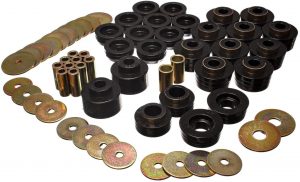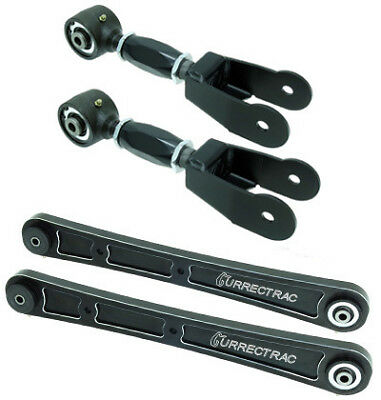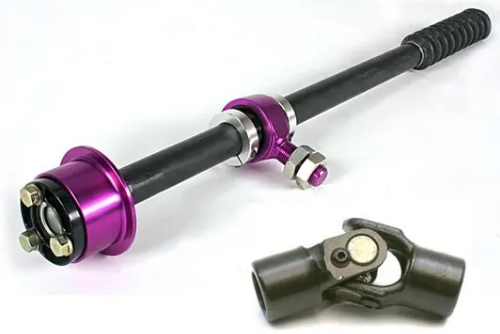Top 8 GM G-Body Suspension Tips

GM’s G-Body factory platform originally featured a wishbone A-arm, coil spring, and shock absorber in the front. In the rear, it contained a coil spring and shock absorber. This was considered the standard for rear-wheel drive at the time. But now that suspensions have been modernized, updating your G-Body’s suspension can change your whole ride experience. Below, we’ve outlined the most effective tips for updating these classic cars.
- Update to coilovers. As we’ve discussed before, coilovers are coil springs wrapped around a shock absorber. Instead of shocks and springs being separate (as in the original G-Body factory design), updated coilovers bring these two parts together for better handling. Making this simple change can adjust the height of your vehicle as well as improve the quality of the ride.
- Install tubular control arms to improve caster. Caster is essentially the relationship of an imaginary line going top to bottom through the center of a tire (viewed from the side) to the forward or rearward tilt of the steering axis. Proper caster for your vehicle improves your suspension’s geometry and helps keep your steering straight. Installing a tubular control arm where the correct position for a proper caster is built in can improve stability, steering wheel return, and cornering.
- Improve the bushings. The original G-Body bushings were rubber, which were meant to provide an extra-cushy feel behind the wheel. However, since they’re so soft, they can sometimes be too soft, particularly around curves. The worn out bushings can cause extreme forces on the control arms and can cause drastic changes to caster and camber. Updating to a new, polyurethane bushing that is firmer than rubber helps ensure a comfortable, longer lasting ride.
- Change the tubular trailing arms. Factory trailing arms on the G-Body platform were often made of stamped steel that are sure to be aging by now. When you add more horsepower, torque, and bigger tires to the vehicles, alignment may become inconsistent due to the weakness of these arms. By changing to a tubular variant, you get a stronger and more consistent part.
- Adjust the pinion angle. Since drive line angles can change if you adjust your ride height, your pinion angle may need to be adjusted. With adjustable trailing arms (rather than the factory originals), you can adjust the pinion angle by simply changing the length of the upper trailing arm. This saves wear and tear on your U-joints while maximizing your traction on the road.
- Modernize the steering box. Since the standard driving experience is much different now than it was in the 1970s and early 1980s, improving the steering box of your G-Body can make a major difference. Power steering allows improved handling and makes driving these classic cars an all around better driving experience on the street and at the track.
- Switch the steering shaft. To complement a new steering box, a U-bolt steering shaft could tighten up an aged rag top. G-Bodies came with a factory rag joint made of plastic. Over time, these wear out and should be replaced with a modern U-bolt.
- Change up the sway bar(s).G-Bodies straight from the factory often had a rear sway bar, while the luxury models—the Monte Carlo, Cutlass, and Grand National— had a front sway bar as well. The El Camino, on the other hand, had only a front sway bar. Nowadays, you can change the feel of your vehicle with your choice of sway bars that will update your ride—or make it feel more personalized based on your driving style and preferences for the track or street.
With these changes, you can get the most from your factory suspension for a safer, more responsive ride. High quality performance upgrades can be added to your G-Body to better suit your driving style or demands. There are plenty of options and high-quality components that will provide the enhancements you’re dreaming of.





